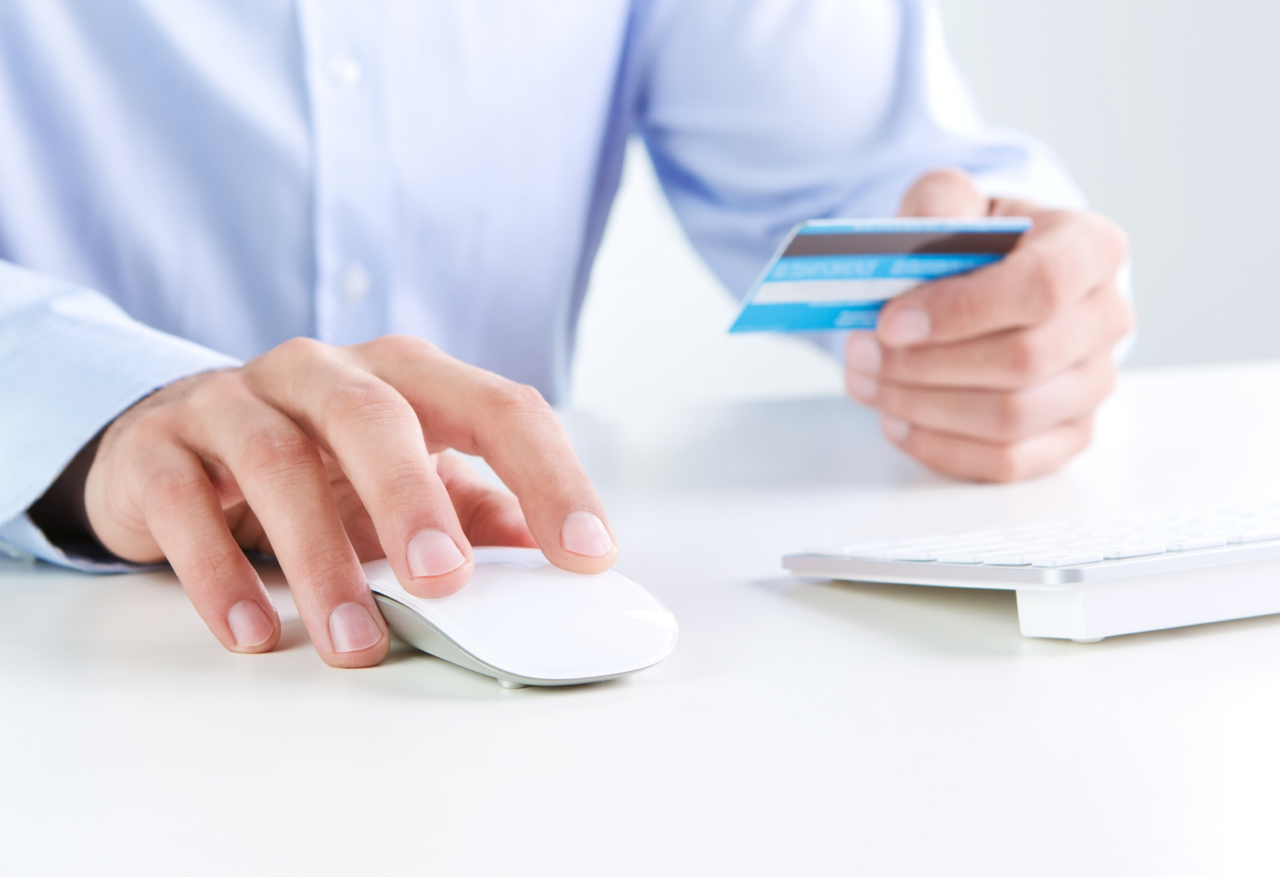COVID-19 continues to shake the world, and the payments industry is playing a critical role in the response to, and recovery from this pandemic. There has been a shift in preferred payment methods as many consumers seek to avoid cash and embrace modern, digital payments.
Even before the pandemic, global adoption of real-time payments was already on the rise. Technology has brought new ways to initiate payments, but ultimately customers expect the same immediacy with transactions that they experience in almost every other part of their daily lives.
With the global industry anticipating real-time payments growth, reports have identified key indicators of imminent growth at a domestic and regional level. Against the backdrop of COVID-19’s global impact, it could be expected that the predictions made at the beginning of 2020 would, by now need to be revisited.
Here, we look at payment modernization predictions:
Centrally-driven payments modernization initiatives
Then: Centrally-driven initiatives were identified as crucial to the shape and direction of a country’s immediate payments adoption, although the end goal and approach differs for each country.
Now: While countries are implementing physical measures and initiatives to fight COVID-19, they are further embracing digital, with merchants and their acquirers expanding contactless capabilities while contactless payment limits are being raised for citizens. But the rise in digital payment volumes, including contactless transactions, demands fraud prevention that is fit for the digital age.
Seamless and integrated payments experience with rich overlay services
Then: Immediate payments adoption was predicted to grow fastest in markets where the experience was simple and convenient for both corporate and consumers – digital overlay services play a key role in enabling this.
Now: Extreme scenarios often accelerate innovation, and we can expect a new wave of smart overlays to help overcome disruption. There has even been renewed interest in QR code payments in the U.S. Innovation is booming to meet consumer demand for a seamless, digital, contactless experience.
Ecosystem of players enriching user experience
Then: Greater availability encourages higher utilization, attracting more players to the real-time ecosystem. Ensuring whole-ecosystem access to immediate payments rails was predicted to drive innovation and further adoption, creating a virtuous cycle that could lead to explosive growth.
Now: The pandemic has caused consumers, governments and businesses to embrace immediate and digital payments, and this behavioral change is likely to endure. Banks are accelerating the issuance of contactless cards as more consumers are demanding to be included in the digital payments ecosystem. Person-to-person (P2P) payment services have reported transaction volume peaks as families and friends support each other through the pandemic, as well as shift their economic support to local, small businesses.
Digital payments maturity level and ingrained payment habits
Then: Heavy reliance on cash or checks was identified as a key indicator for rapid immediate payments growth, if other conditions were met, while heavy reliance on debit and credit cards could mean the opposite.
Now: Almost overnight, people around the world became unable or unwilling to use cash or checks, and even PIN-authenticated payments. In times of economic uncertainty, customers look to regain control of their cashflow, and digital payment services based on a real-time balance have become more attractive than ever.
Openness to alternative payment methods
Then: Where there already existed high levels of acceptance of innovative payment methods like mobile wallets, from both consumers and merchants, there was likely to be a greater acceptance towards the adoption of immediate payments, particularly within the mobile channel.
Now: Payment innovators are able to act quickly to keep payments moving, and this versatility will help them respond to the new challenges that this pandemic presents. However, for those countries that haven’t fully embraced innovation, COVID-19 may be the wake-up call that prompts them to accelerate adoption for the benefit of their citizens and economies.
Changes in customer behavior will remain along with the demand for immediate payments. As prior global crises have shown, the changes caused often endure. However, not all the aftereffects are negatives. COVID-19 is driving digital transformation and forcing governments and the banking industry to bring the financial and social inclusion benefits of immediate and digital payments to more global citizens. PaidYET was born out of a desire to help businesses get paid quicker and to make it easier for their customers to make payments. Ask us about our free trial and let get you set up.



